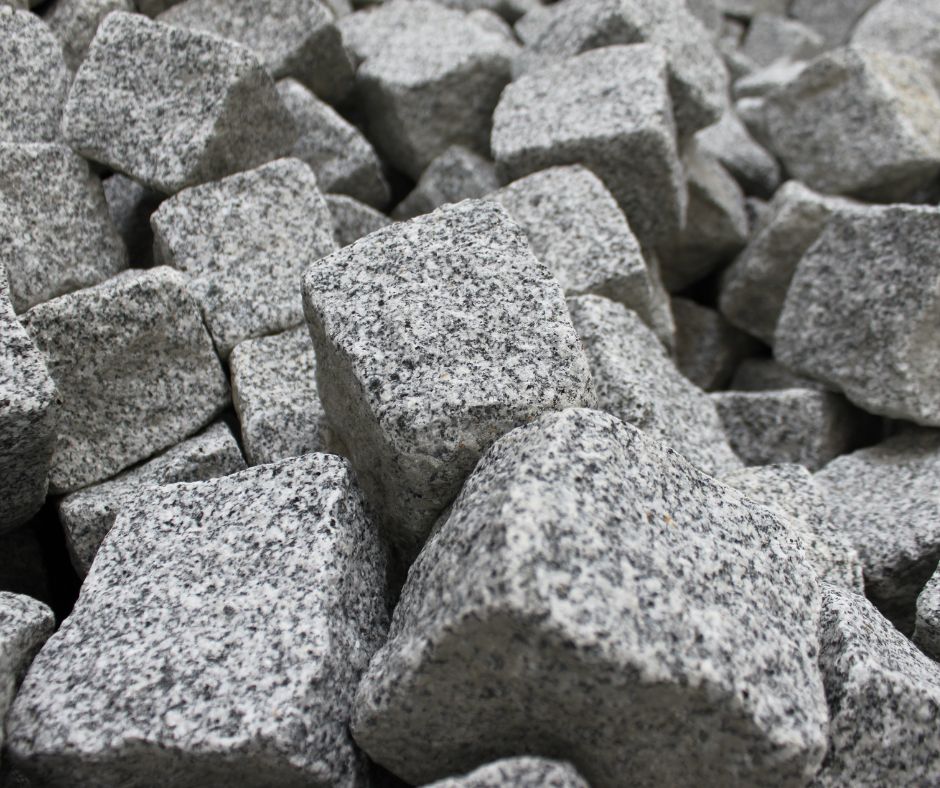
Risk Assessment Unleashed: Empowering Businesses with Our Cutting-Edge Software
Effectively managing risks is crucial for the success and sustainability of any organisation. Recognising this
Health and Safety Software » Health and Safety » Working with Granite and Stone – Creating a Safe Work Environment

While these materials offer aesthetic appeal and durability, working with them can pose potential health and safety hazards if not handled properly. To ensure a safe and productive work environment, it is essential to follow health and safety guidelines when working with granite and stone.
Physical Hazards
Chemical Hazards
General Safety Precautions
Compliance with Regulations
It is vital to comply with all applicable health and safety regulations related to the handling and processing of granite and stone. These regulations may vary depending on the jurisdiction; consult with local authorities or regulatory bodies to ensure compliance.
By adhering to these health and safety guidelines and fostering a culture of safety, organisations can effectively manage the hazards associated with working with granite and stone, protecting their workers, preventing accidents, and ensuring a productive and safe work environment.
Arrange your demonstration
Let us show you how we can transform your compliance management
Choose a date and time for your demo (no obligation) and we will be in touch.

Effectively managing risks is crucial for the success and sustainability of any organisation. Recognising this

Artisan Environmental recently marked two decades of delivering specialist asbestos consultancy, inspection and health &

iCertifyU is an App which provides free eLearning for everyone, whether you are an employee,

According to recent research, almost half of UK tradespeople view asbestos as a problem of

31st October 2025 represents the deadline for organisations to transition their Information Security Management System

According to a recent head protection survey, only 15% of workers who should be wearing